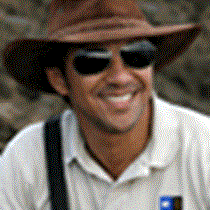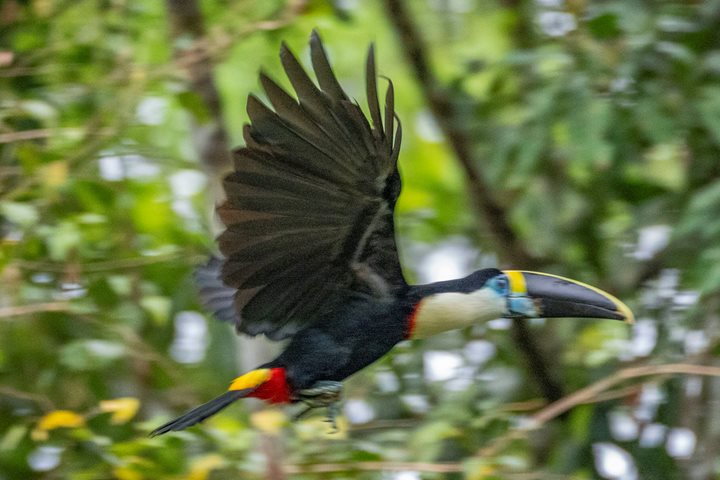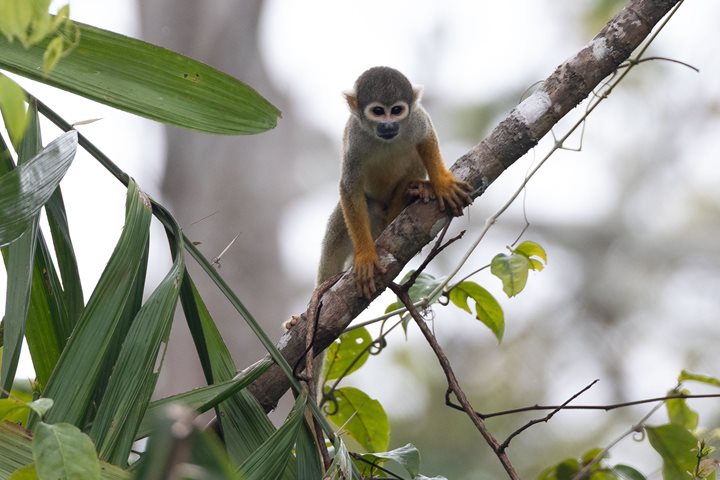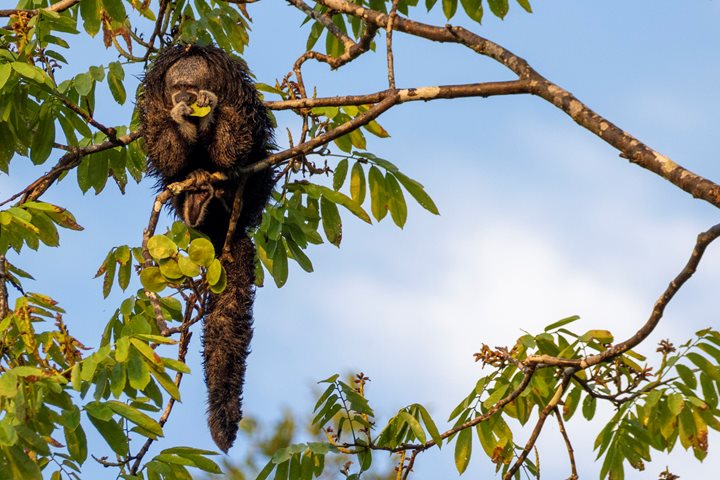Our trip in the Upper Amazon has just begun! We are very excited as we just had a great day exploring several creeks and hiking some of the only available grounds of the region. We are in the process of discovering what this area is all about, what it means to the world and to the local people that inhabit the river villages. It is a very different world “out there” and we just had a taste of it!
To begin the day, we had an early morning wake up “knock,” which means a very gentle “good morning” through our doors. After enjoying some freshly brewed coffee, we boarded our skiffs for our first exploration. It turns out that skiffs are the best way to explore the Amazon River and its tributaries. The sturdy metal out-layer of the skiffs negotiates really well through the constant organic debris coming down from the river. The sturdy-looking exterior doesn’t compromise the comfort of the interior, which provides a comfy seating area with plenty of room for all of our gear. I must admit that exploring the river with unobstructed views is the best! This combined with the drivers’ skills to navigate the narrow creeks and to be able to offer great views to everyone, regardless of where they are sitting, was part of the experience as well.
Our first stop was a creek known as "Pahuachiro." The names of most of the areas are either Quichua language-origin or simply named due a geographical mark, or a nearby town.
Regardless of the name, this location proved to be a great place to begin our trip. Several species of colorful birds were observed during our visit, and the naturalists on board each of the skiffs unveiled the wildlife for us. Their expertly trained eyes spotted many more things than we did, and their ability to make bird calls was commendable!
After breakfast, we headed to our first hike at Casual trail. As we strolled into the forest, we observed that the daylight didn’t penetrate through the canopy foliage as much anymore. A humid and darkish environment was surrounding us, and although alien to us, it was normal to the inhabitants of the forest. This time we not only had the naturalists to interpret our surroundings, but a group of local people from the nearby town who joined us and kept bringing forest animals to us; it was the best!
We then continued our ship’s navigation up the Marañon River and to the headwaters of the Yanayacu-Pucate Rivers. These last two are smaller, yet important, tributaries for the main Marañon river system, which later dumps its waters into the Amazon River itself. The Yanayacu-Pucate are both black water river systems, which are favorite hang-outs for pink river dolphins. We observed them from the ship and later on from the skiffs, although I only have blurry pictures to prove it!
I am not too worried about the blurry pictures; during the afternoon skiff ride, we were all able to take much better images of the animals and scenery due the freshly gained-skills acquired during our first photo presentation of the trip. Our photo instructor, Jose Guerrero, gave us all great tips for photographing this region, and indeed made a difference in our afternoon photography!
It takes a lot of skills to photograph in low light and an almost monochromatic environment. This, added to the fact that animals move and could be perched far away, makes for a challenging experience. Luckily having the experience of one on one photo instruction makes you want to meet the challenge, and it is one of the perks that we offer on all of our voyages.
After a great afternoon experience and a wonderful sunset, we were ready for cocktails and a delicious regional dinner cooked by some of the most experienced chefs of the Amazon!






